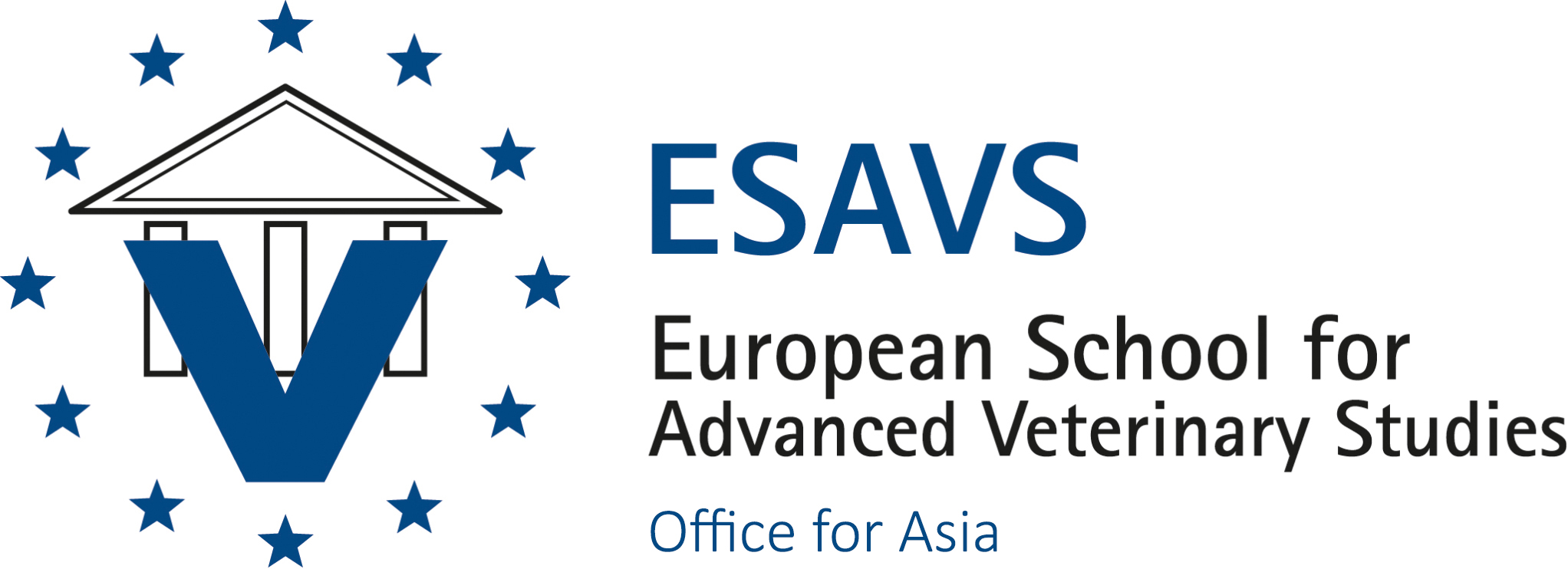General Overview
General Overview
Radiology is the most available and economic diagnostic imaging technique, but it is not the easiest to interpret. With enough experience it is possible to carry out complex pathologies and make life saving diagnoses. The aim of the course is to provide a systematic approach and a key to interpret the most complex radiographic cases. You will be able to gain enough information to be able to treat the patient in emergency. Thorax, abdomen and skeletal structures will be included in the course that will be mostly based on real practical cases.
This course is part of a full study program in veterinary diagnostic imaging, consisting out of 5 courses of 5 days duration each.
Cases
Please find two Radiology cases below to help prepare for the course:
Language
All modules will be held in China, in English language with consecutive translation in Chinese.
Wednesday, 19 November 2025
The radiographic technique needed to obtain diagnostic thoracic imaging
Radiographic anatomy needed to recognize what is normal from what is abnormal
The systematic approach to interpreting a thoracic study
The extra-thoracic structures and the diaphragm and why we do not have to miss them
The airways: Upper or lower? How to recognize a tracheal collapse
The lung patterns, do we really need them?
The cardio-circulatory system: How to recognize a left and right heart failure
The radiographic technique needed to obtain diagnostic abdominal imaging
Thursday, 20 November 2025
Radiographic anatomy needed to recognize what is normal from what is abnormal
The systematic approach to interpreting an abdominal study
The contrast studies, we still need them?
The retroperitoneal space, a completely different story
The spine: Where does the pain come from?
The radiographic technique for diagnostic head and axial images
The interpreting system for the head and the legs
Is it an infection or it is a tumor?
Friday, 21 November 2025 (Computer lab)
Cases discussion following the interpreting rules
Cases discussion
Cases discussion and it is an emergency?
Classical and not so classical cases
Saturday, 22 November 2025 (Computer lab)
Focus on a feline patient
When the images and the clinical signs don’t fit
Is it a surgical candidate?
Is GI occluded or not?
From which organ does the mass come?
Why the patient is not able to urinate properly?
Sunday, 23 November 2025 (Computer lab)
Cases discussion - Classical and less classical cases
Cases discussion - Focus on systemic diseases that change the abdomen or the spine
Cases discussion - I was not expecting this!
Cases discussion - Typical growing patient diseases and aged patient diseases
Conclusion and Introduction to the Distance Learning Program
Course Masters
Registration and Fees
Discount tuition fee for Thailand, Indonesia, Philippines, Malaysia, India, Sri Lanka, China, Pakistan, Lebanon and Vietnam: EURO 1.200,–
Early registration: Euro 1.100,--
(Deadline for FULL early registration payment: 23rd December 2023)
Discount tuition fee for Macao, South Korea and Taiwan: EURO 1.450,–
Early registration: Euro 1.350,-
(Deadline for FULL early registration payment: 23rd December 2023)
Tuition fee for Europe, Singapore, Hong Kong, Australia, New Zealand, United Arab Emirates, Canada, USA and Japan: EURO 2.050,–
Early registration: Euro 1.950,-
(Deadline for FULL early registration payment: 23rd December 2023)
Related Courses
| Small Animal Computed Tomography, Shanghai/China, Dr. Lye & Dr. Jan Hendrik Wennemuth | 03. - 07. Jun 2025 | |
| Basic Diagnostic Ultrasound , TBA/Thailand, Prof. Dr. Liuti | 14. - 18. Jul 2025 | |
| Diagnostic Ultrasound 2, Bangkok/Thailand, Prof. Dr. Liuti | 21. - 25. Jul 2025 | |
| Diagnostic Ultrasound 1, TBA/China, Dr. Spattini | 12. - 16. Nov 2025 | |
| Diagnostic Ultrasound 2, TBA/China, Dr. Spattini | 13. - 17. Nov 2025 | |
| Radiology, TBA/China, Dr. Spattini | 19. - 23. Nov 2025 |
For payment via Bank Transfer or Paypal please contact the ESAVS Office for Asia: This email address is being protected from spambots. You need JavaScript enabled to view it.
If you have any questions regarding the registration or any other further details for the courses in Asia please contact the ESAVS Office for Asia: This email address is being protected from spambots. You need JavaScript enabled to view it.



